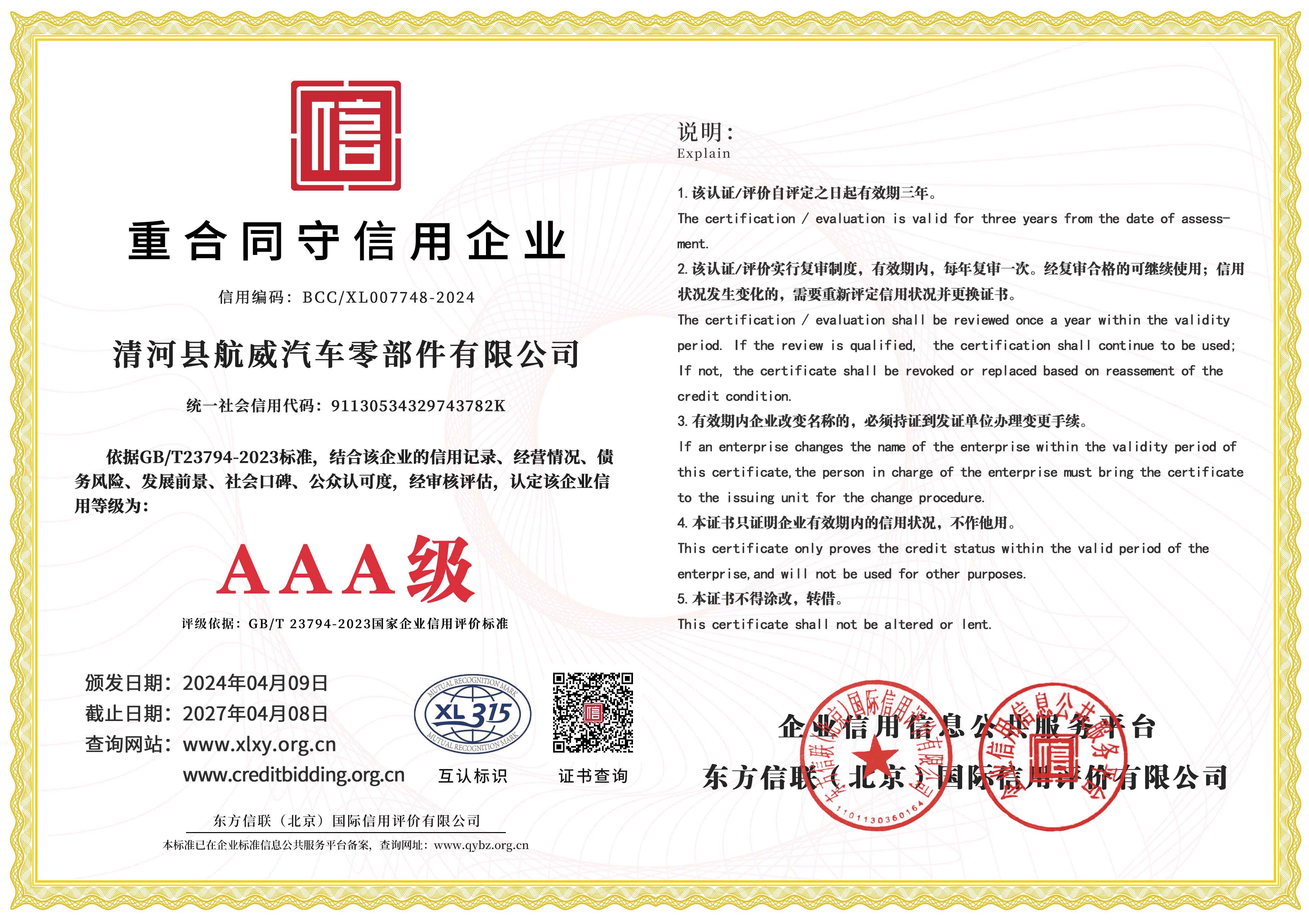clutch slave cylinder pipe
Understanding the Clutch Slave Cylinder Pipe A Crucial Component in Vehicle Operation
The clutch slave cylinder pipe is an integral part of a vehicle's hydraulic clutch system, playing a vital role in the smooth operation of manual transmission vehicles. Understanding its function, structure, and maintenance is essential for both automotive enthusiasts and everyday drivers.
What is the Clutch Slave Cylinder Pipe?
At its core, the clutch slave cylinder pipe connects the clutch slave cylinder to the master cylinder. The master cylinder, typically located near the driver's footwell, generates hydraulic pressure when the clutch pedal is pressed. This pressure is then transmitted through the pipe to the slave cylinder, which is usually mounted on the transmission. The slave cylinder, upon receiving this pressure, activates the clutch fork, disengaging the clutch and allowing for gear changes.
The clutch slave cylinder pipe is generally made of durable materials capable of withstanding high pressure and temperature variations. Common materials include rubber, steel, or braided steel, each providing different benefits in terms of flexibility, durability, and resistance to wear.
The Importance of the Clutch Slave Cylinder Pipe
The importance of the clutch slave cylinder pipe cannot be overstated. A well-functioning pipe ensures that hydraulic fluid flows smoothly and efficiently between the master and slave cylinders. Any blockage or leak can lead to clutch failure, resulting in difficulty shifting gears or, in severe cases, complete loss of clutch functionality.
Moreover, a properly functioning clutch system contributes to the overall safety of a vehicle. The ability to shift gears smoothly is crucial not only for performance but also for maintaining control over the vehicle. Therefore, the condition of the clutch slave cylinder pipe is directly linked to the efficiency and safety of the vehicle.
Signs of Wear and Potential Issues
clutch slave cylinder pipe

Drivers should be aware of several signs that may indicate problems with the clutch slave cylinder pipe. Common symptoms include
- Difficulty Shifting Gears If shifting becomes stiff or imprecise, it may suggest a problem with the hydraulic system, possibly involving the slave cylinder or its connecting pipe. - Unusual Noises Grinding or unusual noises when attempting to shift can signify that something is amiss within the clutch system.
- Fluid Leaks A visible fluid leak around the master or slave cylinder is a clear indication that there may be a problem with the clutch slave cylinder pipe or the cylinders themselves.
- Soft or Spongy Clutch Pedal If the clutch pedal feels soft or sinks to the floor when pressed, it often points to air trapped in the hydraulic system or low hydraulic fluid levels, both of which could be due to a faulty pipe.
Maintenance and Replacement
Regular maintenance of the clutch system is crucial for longevity and performance. If any signs of wear are noted, a thorough inspection of the clutch slave cylinder pipe should be conducted. Replacement of the pipe may be necessary in cases of leaks or cracks.
Additionally, it is important to occasionally check the hydraulic fluid levels and ensure that the fluid used meets the manufacturer’s specifications. Flushing and replacing the hydraulic fluid can prevent moisture contamination, which could lead to corrosion and further issues within the hydraulic system.
Conclusion
In summary, the clutch slave cylinder pipe is a vital component of a vehicle's clutch system, facilitating the essential function of shifting gears in manual transmissions. Awareness of its importance, coupled with regular maintenance, can ensure smoother driving experiences and enhance the longevity of the vehicle's components. Proper attention to this small yet significant part can prevent larger issues down the road, ensuring safety and drivability for all drivers.
-
Upgrade Your Vehicle with High-Quality Handbrake CablesNewsNov.01,2024
-
Optimize Your Bike's Performance with Quality CablesNewsNov.01,2024
-
Enhance Your Vehicle's Performance with Quality Clutch ComponentsNewsNov.01,2024
-
Elevate Your Vehicle's Performance with Quality Throttle CablesNewsNov.01,2024
-
Elevate Your Vehicle's Performance with Quality CablesNewsNov.01,2024
-
Affordable Solutions for Your Cable NeedsNewsNov.01,2024
